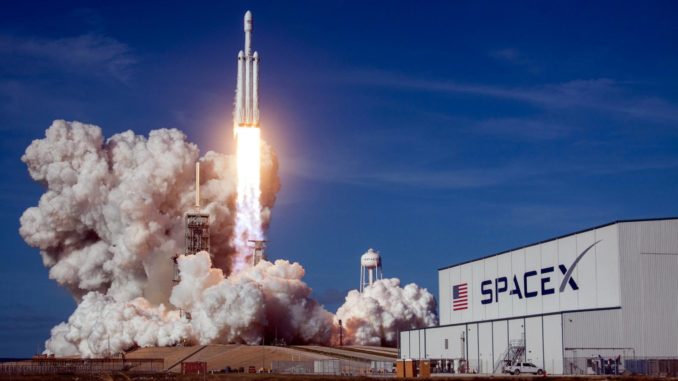
SpaceX, Elon Musks’s next brainchild, is expected to be a $100 billion company, according to Morgan Stanley.
The American bank doubled its long-term valuation estimate for Elon Musk’s SpaceX on Thursday, now expecting the company to be worth at least $100 billion at some point in the future, mainly due to its position in the growing space industry.
“SpaceX continues to solidify its place as ‘mission control’ for the emerging space economy,” Morgan Stanley analyst Adam Jonas wrote.
In Morgan Stanley’s base case, SpaceX’s rockets business reaches an $11.7 billion valuation while its Starlink satellite internet business grows to $80.9 billion, and the company adds point-to-point space travel as an $8.7 billion value.
Alphabet Inc. also seems to agree with Morgan Stanley, purchasing $900 million worth of shares back in 2016.
Musk’s company has launched 18 missions so far in 2020, with the company capturing the majority of the global satellite launch market in recent years. Additionally, SpaceX has steadily pushed the boundaries of reusing rockets (a first in the space travel world). This has allowed SpaceX to become the sole low-cost launch provider within the global launch market.
Starship, one of SpaceX’s main ventures, represents Musk’s goal to build a fully reusable rocket that can launch mass amounts of cargo, and as many as 100 people, on missions to the Moon and Mars.
Morgan Stanley emphasized that Starship is key to further grow SpaceX’s already dominant position in the launch market.
Finally, the larger but yet to be established piece of Morgan Stanley’s valuation model is SpaceX’s Starlink satellite internet, An ambitious plan to build an interconnected internet network with thousands of satellites, designed to deliver high-speed internet to anywhere on the planet. SpaceX also recently announced a partnership with Microsoft, to connect the tech giant’s Azure cloud computing network to the Starlink network.
Though, Morgan Stanley cautioned that Starlink still faces regulatory, execution, financial, and competitive risks.
Stay tuned…
Works Cited:
